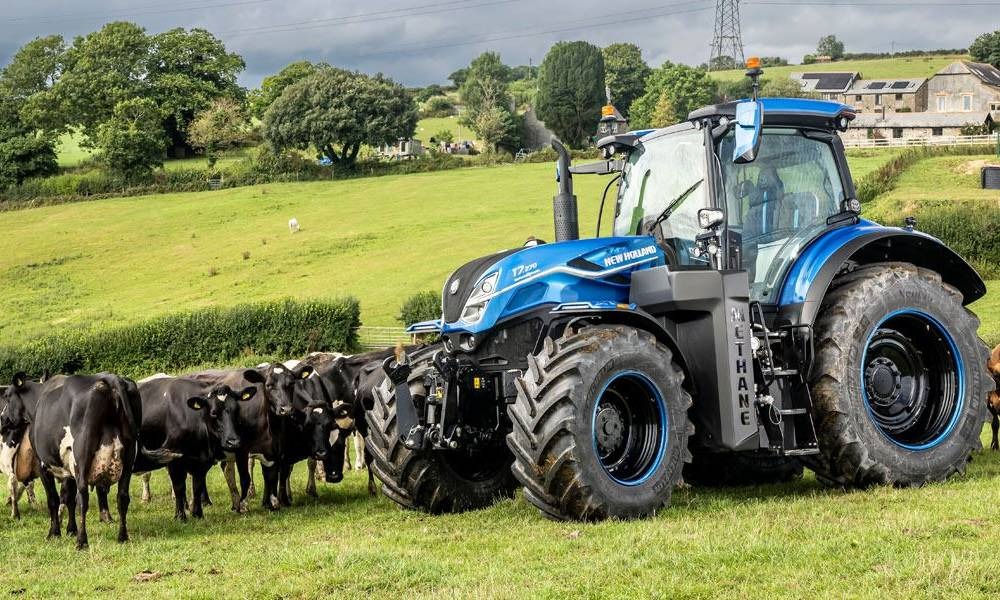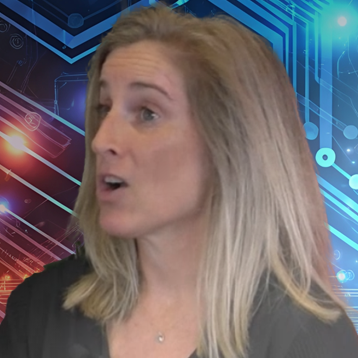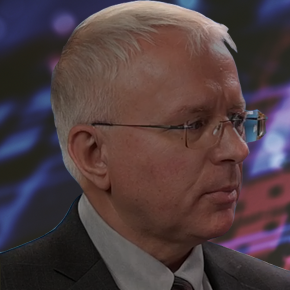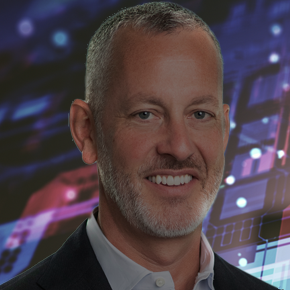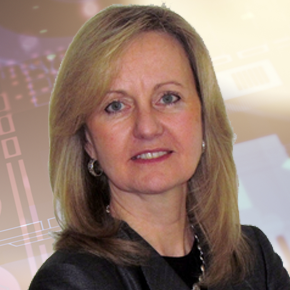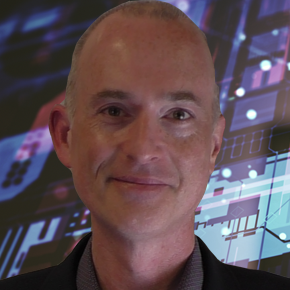August 7, 2025
Selling Sustainability Means Margin AND Mission
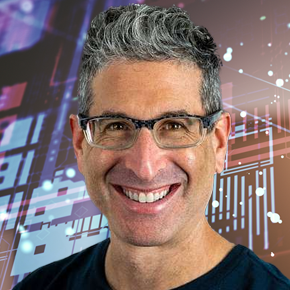
Transcript
For many manufacturers today, carbon neutrality is a stretch goal, but some have stretched beyond that benchmark to call their products carbon negative. How is this level of sustainability even possible, and how can it be scalable across a worldwide distribution network? My guest today is Josh Dorfman. He’s the co-founder of Plantd, which makes carbon-negative building products and pushes the boundaries of sustainability in manufacturing today.
How Do You Manufacture Carbon Neutral?
Josh Dorfman: Carbon dioxide is not the problem. The problem is that it’s just in the wrong place. It’s in the atmosphere. And so we said: can we pull carbon down from the atmosphere rapidly? What if we could develop a feedstock, a biomass that could do that faster than trees? Everybody knows trees are like a baseline that absorbs carbon from the atmosphere. And so we, being me and two former engineers from SpaceX, came together around this concept about four years ago, and essentially, we figured it out to find something that grows faster than trees to pull carbon from the atmosphere.
But the bigger challenge then is to say, okay, now we’ve got this input that is pulling carbon down from the atmosphere, we need to go build a factory. We need to go stand up a production facility that has no smokestack on the roof. We need to have an electrified facility. So if we’re going to go to all this effort to pull carbon down in the first place, we definitely don’t want to just give it back up a smokestack. And so the key, I think, is really how do you get your manufacturing right? How do you get your production set up so that you are as low carbon emitting in the facility in order to actually back up the claims of carbon neutrality.
Leah Archibald: I would love to hear a little bit more of your story starting Plantd. Did you start by thinking: I want to make these particular building products, and then I want to figure out how to make them carbon neutral or carbon negative? Or did you start by thinking, I want to solve a carbon issue and then find a product to make that happen? Which direction did the thought process go in?
Josh Dorfman: It was a little bit more of the latter, and just a little bit crazier, which I think is what probably a lot of hopefully world-changing ideas have in common. But it was right during the pandemic, I was running a small manufacturing company for furniture, and trying to do this thing around sustainability. These are my values. So we were using a very high-grade Forest Stewardship Council-certified plywood. And I just couldn’t get it as COVID unfolded. And when I could, the quality was going down, the price was going up. And I just kept thinking more and more about materials and thinking there’s got to be a better way. There’s got to be something more sustainable, more environmentally responsible than just a responsibly managed tree that gets cut down. And I was just ruminating on that. I was introduced to someone who was also in North Carolina, who became my co-founder. Someone connected us and we get on the phone. I’m complaining about materials. And he says, Well, what would you like to use for material? I’m like, I don’t know, maybe hemp, maybe something that’s out there that grows fast. And he’s like, Oh, I’ve got six giant trash bags of hemp in my garage.
It turns out he had spent eight years at SpaceX running the life support systems team, keeping astronauts alive on the Dragon spacecraft. He was responsible for keeping astronauts alive on a spaceship, and that meant regulating carbon within a tiny bubble so they didn’t die. We’re talking about spaceship Earth. We have to regulate carbon on spaceship Earth because there’s too much in the wrong places. Elon Musk was already talking five years ago about carbon removal from the atmosphere. And in fact, he funded an XPRIZE, the Carbon Removal XPRIZE, a $100 million prize to see if you could actually design some system that could pull carbon from the atmosphere and get to gigaton scale.
This comes back to my original point. Can we pull carbon from the atmosphere? We ended up finding this perennial grass, like bamboo, that grows 10 times faster than trees. We had to stand up an entire supply chain, which we’ve done from tissue culture lab to greenhouse operations, to feeding plants to commercial farmers, which we do in the northern part of North Carolina where former tobacco farmers are now planting and growing this grass for us.
And then we said, okay, if we’re going to do that and we’re going to replace trees, that means we’re going to replace lumber. Where does lumber go? Lumber goes into homes. Maybe we should go talk to homebuilders. So we call up green homebuilders because I figured, well, these guys will talk to me. And I said: We’ve got a SpaceX team and we’re going to make some homebuilding product, it might be from hemp, would you be interested? Of course, they’d be interested. Well then, what should we make? There’s this thing called oriented strand board, which is the structural panel, the four-by-eight panel that gets nailed to the two-by-fours. There’s more of that in the house than anything else. And it comes from a factory. So we said, okay, I guess we’ll do that. What’s wrong with it? Well, if it gets wet, you’ve got a problem because it can it can degrade and lose some of its structural integrity. Okay, so we’re going to make something that grows faster than trees. It will be more moisture-resistant than what you use today. So we got to work prototyping.
Today, our largest customer is the largest homebuilder in America. They placed an order for 10 million of our panels this past fall. That’s roughly 90,000 single-family homes worth of structural panels. It’s a massive order, especially for a young company. I will say this, though, they didn’t come to the table and buy it because it’s carbon negative. They came to the table and bought it because it is a better product. We’re hitting the price points they’re asking us to hit. And we’ve designed a production setup that is modular, that now has a domestic feedstock attached to it that creates a lot of flexibility and resilience in their supply chain. And when you’re looking at really big companies that have to think more strategically about their supply chain, we become a strategic partner to them. And we intentionally designed the business to be in that position to be hopefully really important to a lot of the biggest players in the market.
To Sell Sustainability, Lead with Margin, Not Mission
Leah Archibald: I think you’re hitting on a point that I hear a lot from manufacturers, which is that you can’t make decisions based on carbon alone. We have to balance both sustainability and costs. And it sounds like you were very well aware of that when you developed your product and your pricing.
Josh Dorfman: Having been in these industries for two decades, I can start my company for whatever values and reasons I have, but if I want to sell into other companies at scale, then really what I have to do is recognize that I need to be able to lead with margin, not mission. And I need to have a product that doesn’t ask anybody to do anything different. In my case, no alternative building technique on a job site. Seamless integration – you barely are even going to know the difference unless you actually have a better experience.
Margin, not mission, that is the cornerstone of how you sell sustainability today.
Leah Archibald: What excites you about the future? As you talk to manufacturing companies, large and small, what excites you most about the next few years of this movement?
Josh Dorfman: One, when you look at just the straight-up learning curves on some of these clean technologies. Solar, for example. If you look at what’s happened to solar over the last five decades, the cost has declined by 99%. It’s crazy. In most parts of the world, it’s the second cheapest form of energy because onshore wind is actually cheaper. When you double manufacturing globally, when you double manufacturing capacity, you get an almost predicted price drop in the cost of solar. We’re at a point where you can’t get the world’s formal modelers of energy, the EIA, others, to even project out what that looks like a decade from now, because the cost of solar drops to a place where it looks absurd. Two, what gets me so excited is the entrepreneurs who are driving this thing today, right now. They’re not like Harvard dropouts who are 25 years old, building some dumb social media company. They are industry veterines. I have a podcast too, it’s called SuperCool. I talk to these kinds of companies and I think they’re all super cool. And I see the most consequential entrepreneurs building the most consequential companies today are older, experienced, and so that says to me, the clean energy transformation is for everyone and the biggest businesses are being built right now.
